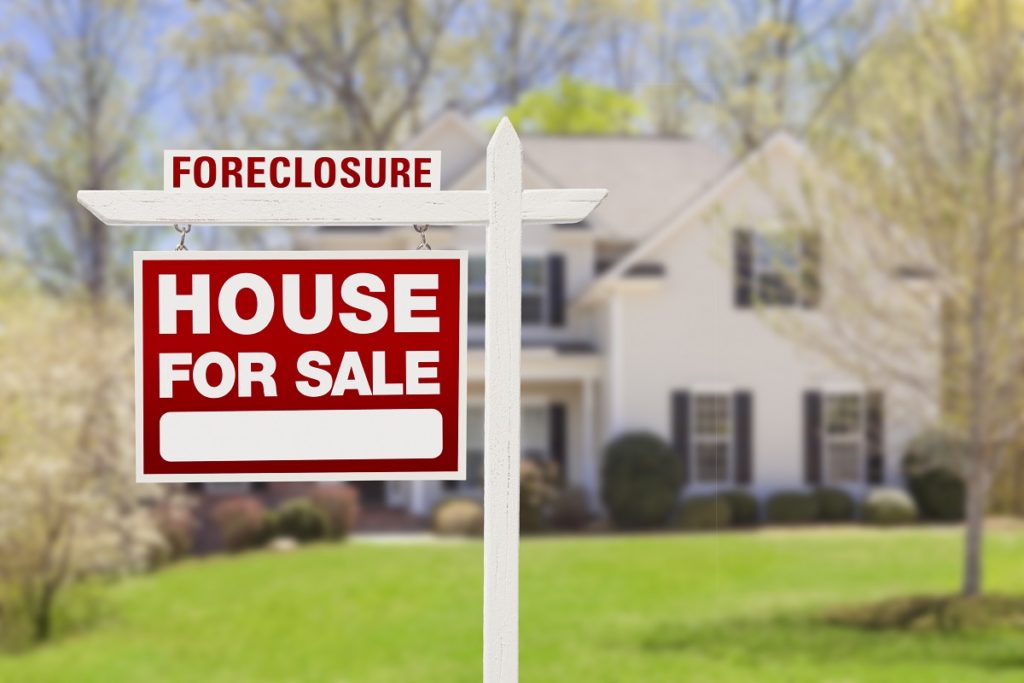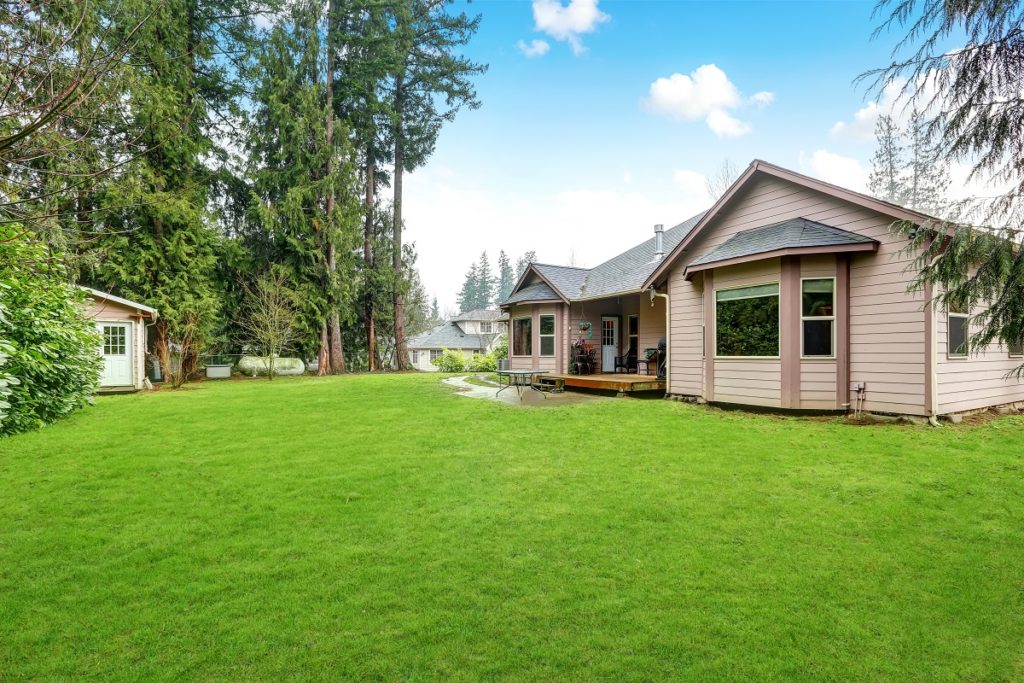Bad tenants can cost landlords thousands of dollars in damages and missed rent payments. According to the National Association of Realtors, the average security deposit for a rental property is one month’s rent. So, if you’re charging $1,000 in rent, a bad tenant could cost you $3,000 in damages and lost rent. Not to mention the headache and frustration of dealing with difficult renters.
So, what’s a landlord to do? Here are some tips for avoiding bad tenants.
1. Thoroughly screen all applicants.
The best way to avoid bad tenants is to screen them properly before signing a lease. That requires potential tenants to complete a detailed application that asks for their rental history, employment information, and references. Be sure to follow up with those references! It’s also a good idea to run a credit check on all applicants. These steps may seem like a lot of work, but trust us, they’re worth it.
Some landlords also require a background check. This is especially important if you’re renting to families with young children. You don’t want a sex offender or violent criminal living in your rental property. You want to be confident that your tenants are safe and trustworthy.
2. Require a security deposit.
A security deposit is a great way to protect yourself from damage to your rental property. Most landlords require a security deposit equal to one month’s rent. So, if you’re charging $1,000 in rent, your security deposit would be $1,000. The security deposit gives you financial protection if your tenant damages your property.
Many landlords also require a pet deposit. This additional deposit, usually equal to one month’s rent, is paid by tenants who have pets. The pet deposit protects you from damage a tenant’s pet might cause. Some also require tenants to purchase renter’s insurance. This type of insurance covers damage to the rental unit and the tenant’s personal belongings.
3. Have a detailed lease agreement.
A well-written lease agreement is essential for avoiding problems with tenants. Your lease agreement should spell out all of the rules and regulations for living in your rental property. It should also include late rent payments, security deposits, and pet deposits. Be sure to review the lease agreement with your tenant before moving in. This will help to avoid any misunderstandings down the road.
Especially for student housing rentals that are often rented for a single academic year, it’s important to have a detailed lease agreement. If you don’t want your student tenants to have roommates, be sure to specify that in the lease agreement. The same goes for any other rules or regulations you have for your rental property. You can offer an all-inclusive student accommodation that includes utilities or give tenants the option to purchase their own renter’s insurance.

4. Have a strict no-pets policy.
While some landlords are willing to let tenants have pets, others prefer to have a strict no-pets policy. This is especially common in apartments and condos. If you’re renting to families with young children, you might want to consider allowing pets. But a no-pets policy is probably best if you’re renting to college students or young adults.
But if you do allow pets, be sure to include a pet deposit in your lease agreement. This will help cover any damage a tenant’s pet might cause. You might also want to require tenants to purchase renter’s insurance. This type of insurance covers damage to the rental unit and the tenant’s personal belongings. You might also want to consider having a pet interview. This is where you meet with the potential tenant and their pet to make sure that the pet is well-behaved and that the tenant is responsible.
5. Be present during moving-in day.
Finally, be sure to stay involved once your tenants move in. If you notice any red flags, don’t be afraid to address them right away. Look for signs of drug use, parties, or damage to the property. If you see any of these things, talk to your tenants about it.
It’s also a good idea to have a moving-in inspection. This is where you walk through the rental unit with your tenant and look for any damage. Be sure to take pictures of any damage you find. This will help you prove that the damage was there before your tenant moved in.
Bad tenants can cost landlords time, money, and headaches. But by following the best practices outlined above, you can avoid renting to troublesome renters. Screening applicants thoroughly, setting clear expectations, and staying involved after move-in are all key to maintaining a healthy landlord-tenant relationship. You can also avoid bad tenants by requiring a security deposit, pet deposit, and/or renter’s insurance.

